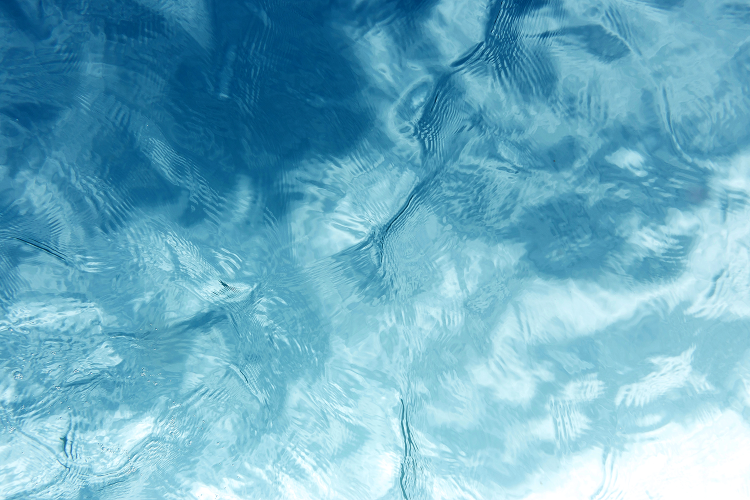Feeding European sea bass with increasing dietary fibre levels: Impact on growth, blood biochemistry, gut histology, gut evacuation
Changing trends in fish feed formulation, with progressively higher inclusion levels of plant ingredients, are invariably introducing more fibre despite the fact that this component cannot be utilized by most fish. The effects of increasing insoluble dietary fibre level on growth, nutrient utilisation, blood parameters and gut health in European sea bass (Dicentrarchus labrax L.) were studied over a period of 117 days. Moreover, investigation on digesta transit time through gastrointestinal evacuation pattern and digesta characteristics (moisture of digesta) were studied. Five isoproteic diets were formulated to contain increasing insoluble fibre levels, neutral detergent fibre, NDF (7.2, 8.9, 11.5, 13.1 and 15.5%) derived by the inclusion of sunflower hulls and soybean hulls. No significant differences due to fibre inclusion levels were observed in final body weight, specific growth rate, feed intake, feed conversion rate, protein and lipid efficiency. No significant differences in serum total protein, glucose, triglycerides, alkaline phosphatase and inorganic phosphorous were found. All the histological sections showed normal intestinal architecture, and inflammatory and/or degenerative changes were not present in any histological section from all subjects examined. The investigation into gastrointestinal evacuation pattern revealed no significant differences between treatments, however higher dietary fibre levels seem to increase the time required to empty the stomach while the time required to empty 90% of the hindgutcontent was similar in all the treatments: around 46–47 h. No differences were found between diets in the moisture content of digesta along the digestive tracts. We can conclude that the different insoluble fibre levels tested in this trial have no effects on overall performances and feed efficiency in European sea bass. Results from blood biochemistryprofile and histology confirm good nutritional and health status of fish under all feeding treatments. The inclusion of fibre had no influence on digesta transit time. In formulation of feed for the on-growing of European sea bass insoluble fibre derived from sunflower hulls and soybean hulls can be included at a level of up to 15.5%.
